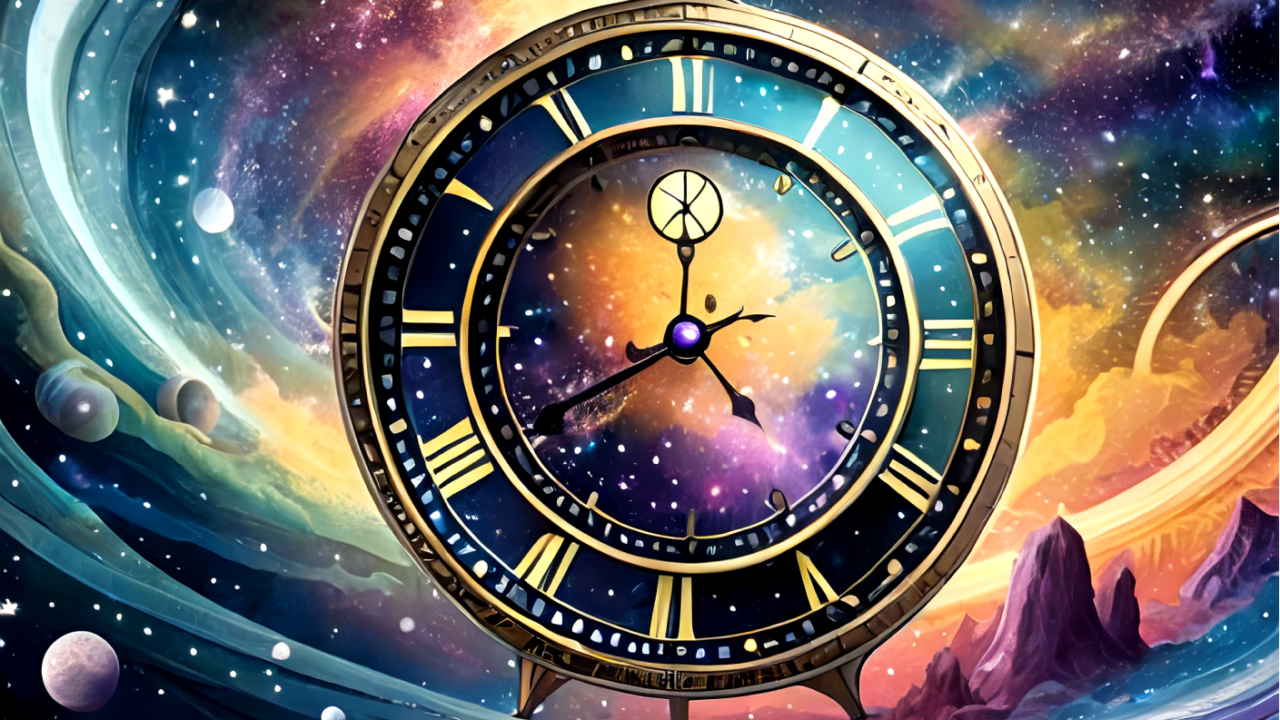Have you ever found yourself gazing up at the night sky, lost in the beauty of the stars, and pondering what connects everything in the universe? That invisible thread weaving through the cosmos has a name: spacetime. It’s a concept that sounds like it’s straight out of a sci-fi novel, yet it’s the very foundation of our understanding of the universe. Let’s embark on a journey through the fabric of the cosmos to unravel the mysteries of spacetime.
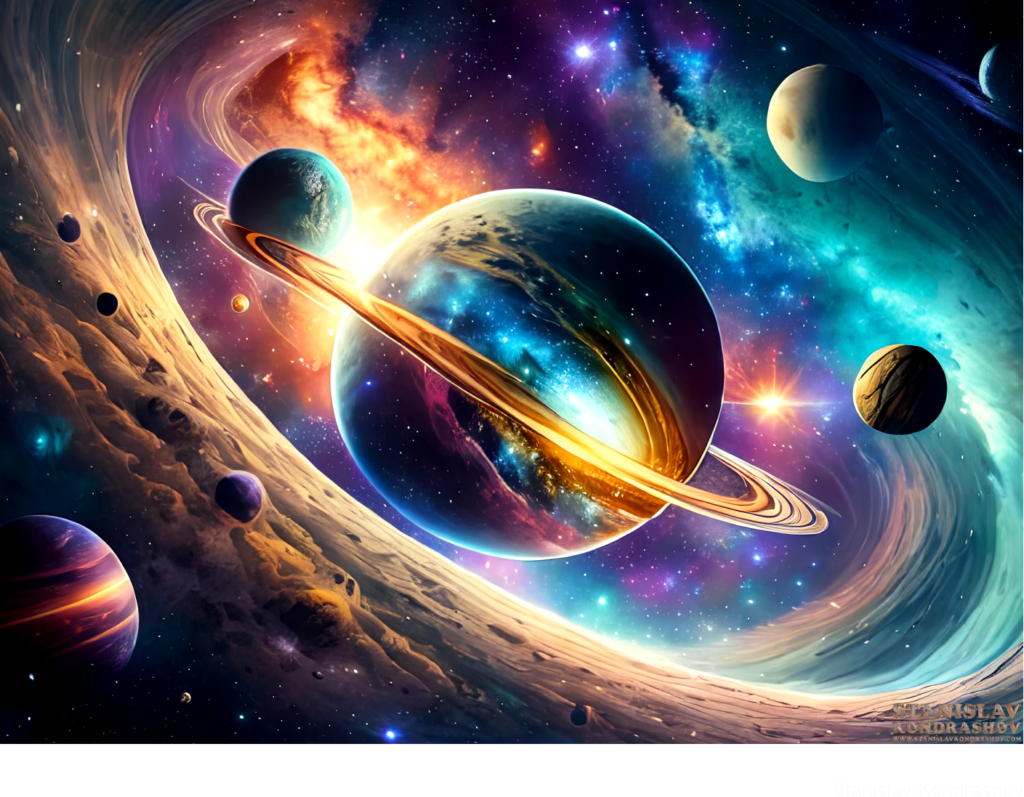
The Dance of Space and Time
Imagine for a moment that the universe is a grand cosmic dance, with galaxies, stars, planets, and even the humble atoms participating. But what dance floor could hold such a magnificent event? Enter spacetime, the stage upon which the universe dances.
Spacetime is a four-dimensional continuum, blending the three dimensions of space (up-down, left-right, forward-backward) with the fourth dimension of time into a single, intertwined fabric. This revolutionary concept, introduced by Albert Einstein in his theory of General Relativity, forever changed our understanding of how the universe operates.
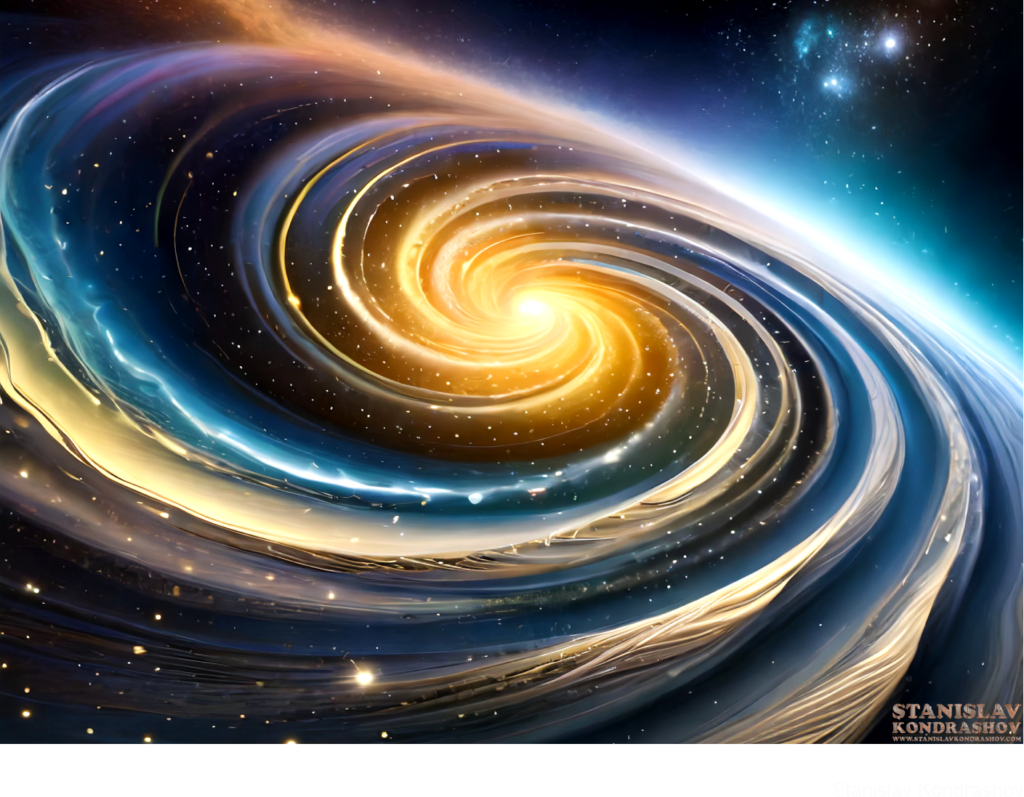
The Gravity of the Situation
Einstein’s most mind-bending realization was that massive objects like stars and planets can warp the fabric of spacetime around them. This warping is what we experience as gravity. Imagine placing a heavy ball on a trampoline. The trampoline’s surface stretches and curves around the ball. Now, if you roll a smaller ball close to it, the smaller ball will spiral towards the larger one, not because of a direct force, but because of the curve in the trampoline. In the cosmos, spacetime works much the same way, guiding the paths that planets and light itself take around massive objects.
The Ripple Effect
If spacetime is the stage and gravity the dance, then gravitational waves are the ripples that run across the dance floor. These waves are disturbances in the fabric of spacetime caused by some of the most violent and energetic processes in the universe, such as colliding black holes. Detecting these waves has opened up a whole new way of observing the universe, akin to hearing the universe’s symphony for the first time after only being able to see it.
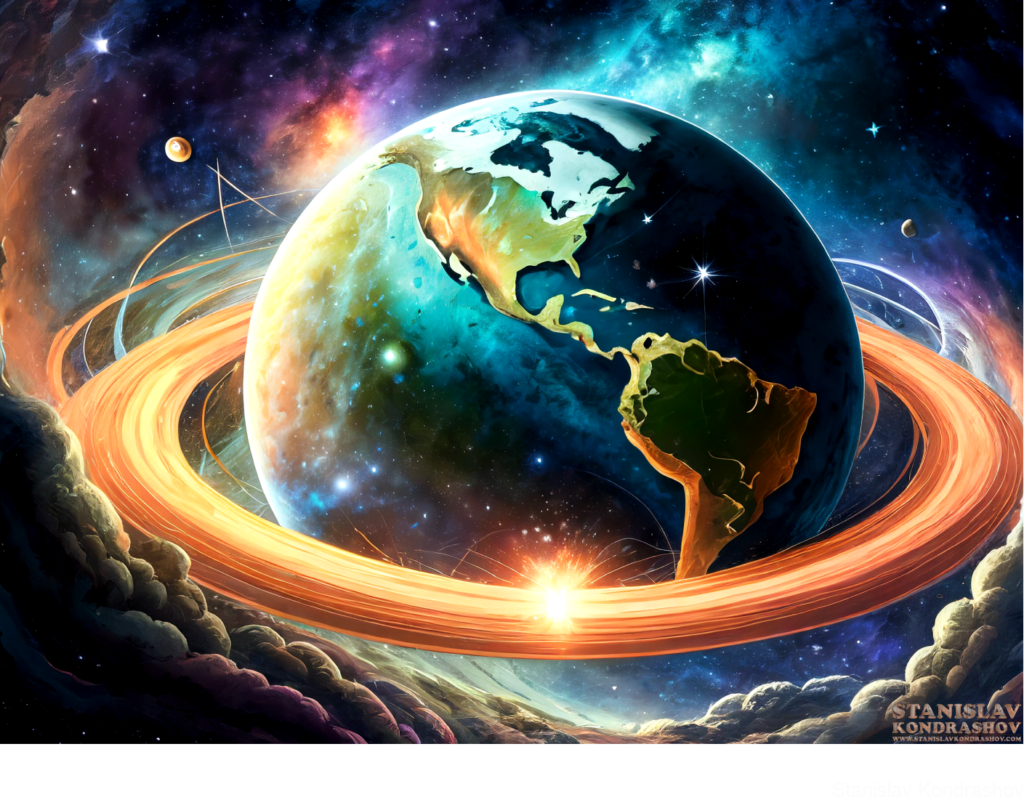
The Relativity of Time
One of the most fascinating aspects of spacetime is the way it intertwines space and time. According to Einstein, the stronger the gravitational pull (the deeper the warp in spacetime), the slower time flows relative to a weaker gravitational field. This phenomenon, known as time dilation, has profound implications for how we understand time itself. It means that time doesn’t tick away at the same rate for everyone everywhere. An astronaut orbiting Earth at high speeds, for example, ages slightly slower than people on the surface.
The Universe’s Expansion
Spacetime also provides the framework for understanding the expanding universe. The galaxies are not moving through space as much as they are being carried along by the expansion of spacetime itself. It’s not just that galaxies are moving away from each other; the very space between them is stretching.
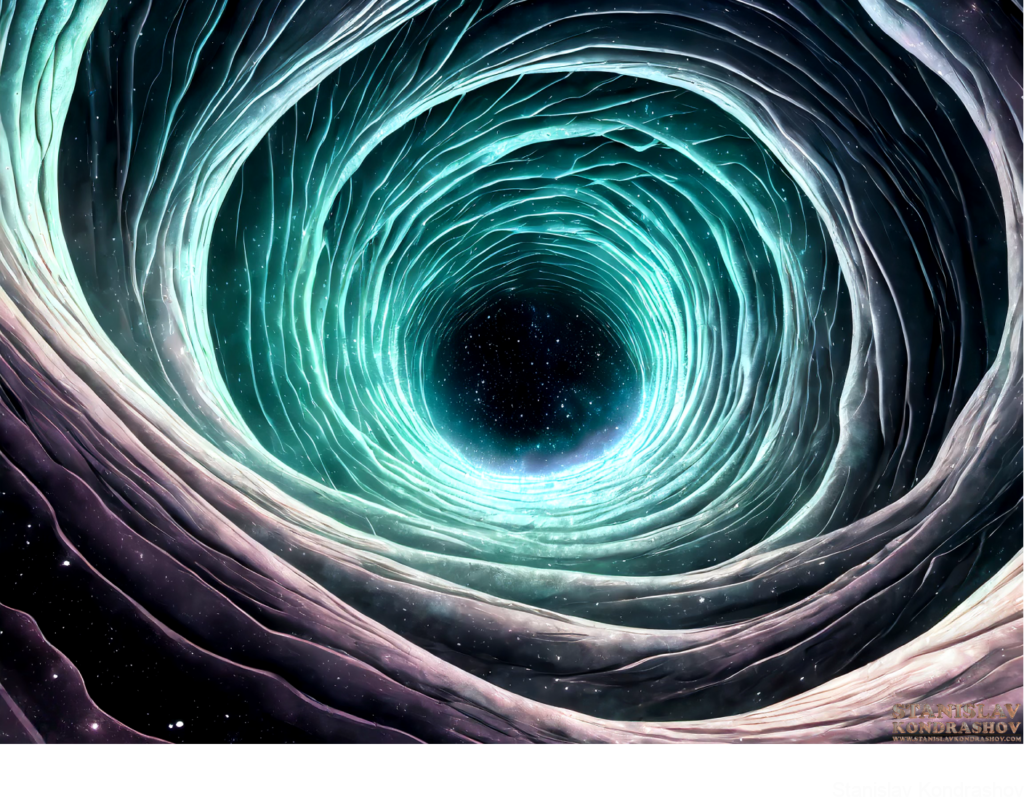
Navigating the Cosmos
The concept of spacetime challenges our everyday perceptions of how the universe works. It’s a reminder that reality is far stranger and more wonderful than we could imagine. As we continue to explore the cosmos, from the vast expanses between galaxies to the mysterious depths of black holes, spacetime will be our map and compass, guiding us through the fabric of the universe.
In the grand cosmic dance, we are not merely spectators but participants, moving to the rhythms of spacetime. So the next time you look up at the night sky, remember: you are looking into the very heart of the universe, a place where space and time intertwine, where the cosmos performs its majestic dance on the fabric of spacetime.
By Stanislav Kondrashov
